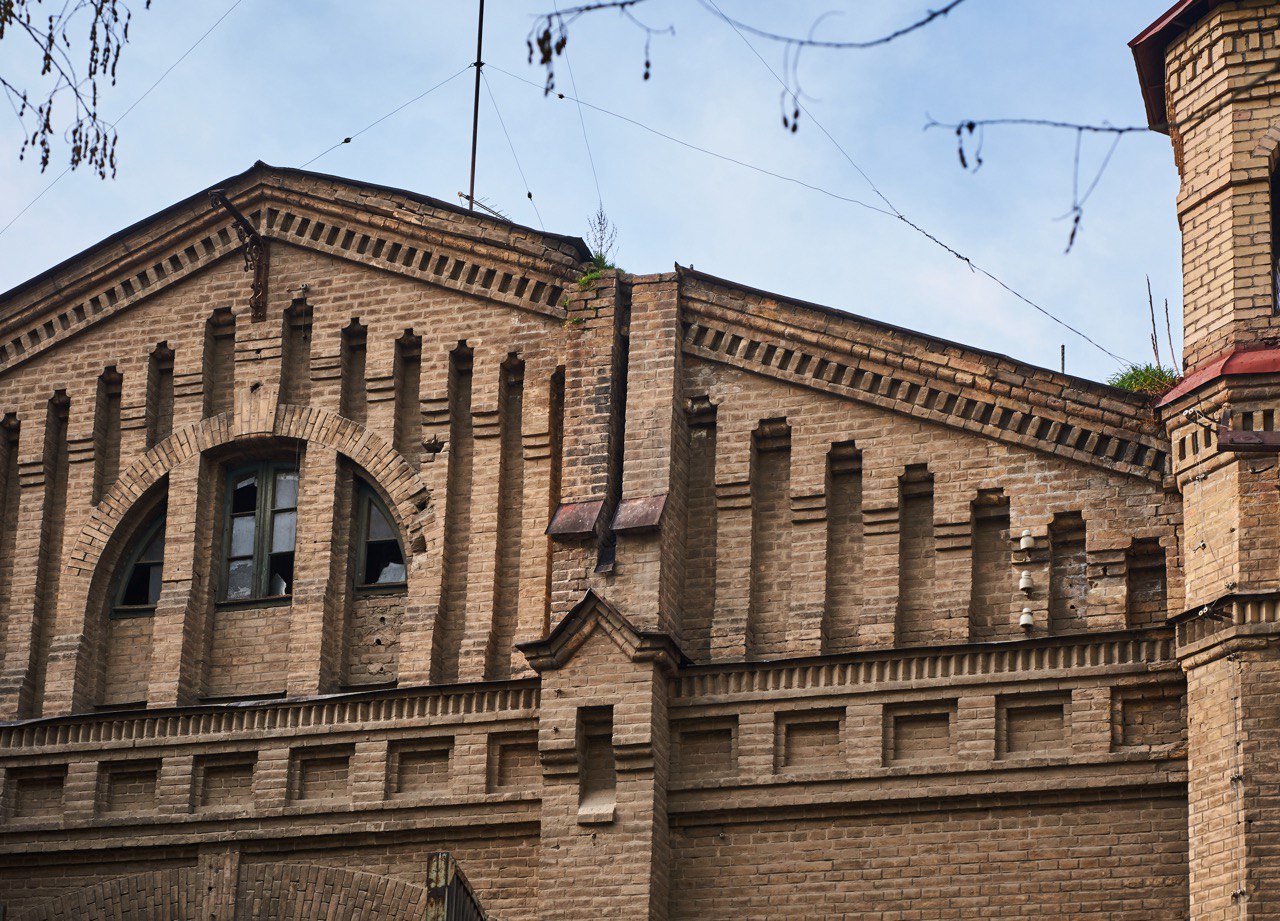The Foundation for the Development of Culture and Art under the Ministry of Culture of the Republic of Uzbekistan is the initiator and organizer of major architectural projects in Tashkent.
State Museum of Art
One of the main monuments of modernism in Tashkent, it was created by a group of young architects in 1974. For several decades, the exposition and infrastructure of the museum were not updated, and the experimental materials that were used to decorate the facade of the building were not as durable as originally planned. This year, the museum’s reconstruction project will be presented. The head of the reconstruction project is the Japanese architect and winner of the Pritzker Prize, Tadao Ando. The total area of the museum will double to 20,000 square meters, including 7,000 square meters of exhibition space. This will allow us to reorganize the museum's exhibition capacity and expand the storage area, where the entire archive of the institution will be stored – more than 100,000 exhibits. A public space will be created around the building – a new modern park in the center of the city with an area of 1.1 hectares.
Residence of Prince Romanov
The residence of Prince Nikolai Romanov was built in 1881 by architects Wilhelm Heintzelman and Alexey Benois. From 1918 to 1935, the State Museum of Art was located in this building. Until recently, the palace was inaccessible to the public. In 2020, the Foundation announced plans to renovate the building and create a branch of the State Museum of Art. The main task in the renovation of the Prince's residence will be to recreate the era of its original construction. The interior will be as close as possible to the decoration of the palace under Nikolai Konstantinovich – for this purpose, the organizers of the project will use preserved archival photos. The exhibition will include GMI exhibits: classical paintings, Italian sculpture and porcelain, furniture, as well as an original copy of the Prince's will, which provides information on his collection which he gave to the Tashkent government.
CCA TASHKENT
The building, which will soon become a center of modern art, was built in 1912. Before the revolution, it was a diesel power plant that generated power for the first tram line in the city. It was here that the electrification of the city of Tashkent began. Here, the renewal of the artistic environment of modern Uzbekistan will begin.
State Children's Library
The building was built in 1909 by the architect Markevich. Originally it was the home of a cotton mill owner, Vadyaev, and since 1910 it has been the location of a public meeting space. In the 1930s, the cinematic theater "30 years of the Komsomol" was opened here. Only the left side of the building, where the library is located, has been preserved. It houses one of the largest collections of children's books in Central Asia – more than 200,000 items. In 2020, a project for the reconstruction of the building will be presented, which will be handled by the Ludi Architects Bureau (Russia).



